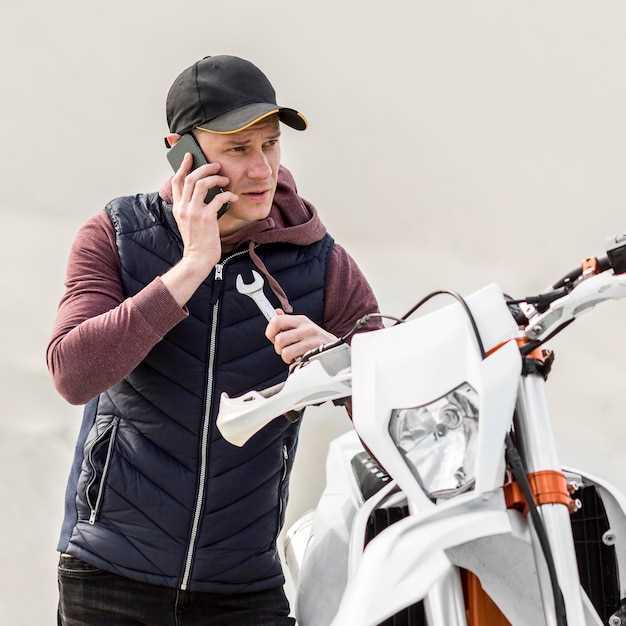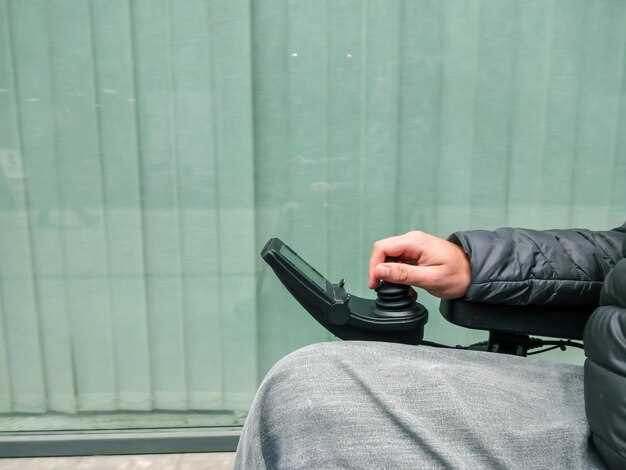

When planning your next adventure on two wheels, choosing the right navigation tools can make all the difference. Motorcyclists often find themselves debating between dedicated motorcycle GPS systems and their trusty smartphone navigation apps. Each option presents unique advantages and disadvantages, significantly impacting your overall travel experience.
Motorcycle GPS devices are designed specifically for the needs of riders, featuring robust hardware and weatherproof designs. These GPS units often provide features tailored to motorcyclists, such as route customization, real-time traffic updates, and larger screens that are easier to read at high speeds. On the other hand, smartphone navigation apps offer convenience and accessibility, allowing you to carry multiple applications and functionalities beyond just navigation.
As we delve into the comparison between motorcycle GPS and smartphone navigation, it’s essential to consider factors like usability, battery life, and the breadth of available features. Understanding these key aspects will enable riders to make an informed decision, ensuring that their journeys are not only navigated effectively but also enhanced by the right technological tools.
Motorcycle GPS or Smartphone Navigation: Which Is Better?

When it comes to navigating the open road on a motorcycle, choosing the right tools is essential. Bikers often debate whether to rely on a dedicated motorcycle GPS or a smartphone for navigation. Each option has its pros and cons, making it crucial to understand the differences before making a decision.
| Criteria | Motorcycle GPS | Smartphone Navigation |
|---|---|---|
| Durability | Designed to withstand weather and vibrations, GPS units are typically rugged and waterproof. | Smartphones may not be as durable; they require protective cases for weather resistance. |
| Battery Life | Motorcycle GPS units are optimized for long-distance rides with extended battery life. | Smartphones can drain quickly, especially when using GPS and data simultaneously. |
| Ease of Use | GPS devices feature larger screens and intuitive interfaces for easy access while riding. | Smartphones may require more interaction and can be distracting due to notifications. |
| Mapping Features | Motorcycle GPS often includes specialized routes for bikers, scenic roads, and custom waypoints. | Smartphone apps provide extensive mapping services but may not always cater to motorcycle-specific needs. |
| Cost | Higher initial investment but no ongoing data fees. | Lower initial cost, but potential data plan fees can accumulate over time. |
Ultimately, the choice between motorcycle GPS and smartphone navigation depends on individual preferences and riding styles. Riders seeking durability and specific features for motorcycling might lean towards GPS units. Conversely, those who prefer flexibility and multifunctional devices may find smartphones more suitable. Assessing both tools based on the criteria mentioned can help in making an informed decision.
Durability and Weather Resistance of Motorcycle GPS Devices

When it comes to motorcycle travel, the durability and weather resistance of GPS devices are crucial factors to consider. Unlike standard smartphone navigation systems, dedicated motorcycle GPS units are designed to withstand the rigors of outdoor adventures. These tools are built with rugged materials that can endure vibrations, impacts, and harsh riding conditions.
Many motorcycle GPS devices feature a robust casing that is not only shock-resistant but also resistant to moisture and dust. This weather resistance allows riders to navigate in various environmental conditions, from rainstorms to dusty trails, without worrying about damaging their devices. In contrast, smartphones often lack the same level of protection and may require bulky cases that can impede usability.
Additionally, some GPS units come with enhanced visibility features, such as sunlight-readable screens and anti-glare coatings, which improve usability on bright, sunny days. This ensures that riders can easily read maps and directions without straining their eyes. The reliable performance of these specialized tools in extreme weather conditions makes them more suitable for long-distance motorcycle travel.
Overall, if durability and weather resistance are top priorities for your motorcycle adventures, investing in a motorcycle GPS device is a wise decision. These dedicated tools are specifically engineered for the demands of the open road, providing peace of mind as you explore new destinations.
Cost Comparison: Motorcycle GPS vs. Smartphone Navigation Apps
When it comes to choosing navigation tools for motorcycle travel, cost is a significant factor. Both motorcycle GPS devices and smartphone apps offer unique advantages, but their price points can vary considerably.
Here’s a breakdown of the cost comparison:
- Motorcycle GPS Devices:
- High-end models can range from $300 to $800 or more, depending on features such as screen size, waterproofing, and additional functionalities like Bluetooth connectivity.
- Basic GPS models start around $100, but may lack advanced navigation features.
- Many motorcycle-specific GPS units come with lifetime map updates, which can save costs over time if used frequently.
- Additional accessories may be needed, such as mounts or charging equipment, which can increase overall expenses.
- Smartphone Navigation Apps:
- Most navigation apps, like Google Maps and Waze, are free, but they often require an internet connection that could incur data charges.
- Premium navigation services, such as TomTom or Citymapper, typically require a subscription fee that ranges from $20 to $50 per year.
- Using a smartphone for navigation may require investing in a reliable mount, which can cost anywhere from $10 to $100.
- Smartphones may need a protective case or rugged accessories to withstand the elements during travel.
Ultimately, the choice between motorcycle GPS and smartphone apps hinges not only on upfront costs but also on how often and in what conditions you plan to travel. For serious travelers who require reliability and durability, investing in a dedicated GPS unit may be worthwhile. Conversely, occasional riders might find smartphone navigation apps sufficient for their needs while offering significant cost savings.
User Interface and Accessibility for Motorcycle Riders
When considering navigation tools for motorcycle riders, user interface and accessibility are paramount. Both GPS devices and smartphone navigation applications must cater to the unique needs of riders, ensuring that crucial information is easily accessible while on the move.
The user interface of a motorcycle GPS is typically designed with larger buttons and simplified menus. This allows riders to interact with the device quickly without taking their focus off the road. Bright displays make it easier to read maps and directions in various lighting conditions, enhancing safety during travel. Many GPS units are also weather-resistant, providing additional durability for outdoor use.
On the other hand, smartphone navigation apps benefit from their widespread availability and continuous updates. However, their interfaces can sometimes be cluttered, making it challenging to find the needed information swiftly. Riding often demands quick decisions, and any delay in accessing directions can be hazardous. To address this, many apps offer customizable views and voice-guided navigation, which help streamline the user experience.
Accessibility features are also crucial. For instance, some GPS devices provide glove-friendly touch screens, while many smartphones offer voice command capabilities, enabling riders to obtain directions hands-free. This functionality proves essential, allowing riders to keep their hands on the handlebars and maintain control while navigating complex routes.
Ultimately, motorcycle riders should evaluate their preferences and the specific features each navigation tool offers. The right balance of user interface simplicity and accessibility can greatly enhance the overall travel experience, ensuring riders can focus on enjoying their journey while still receiving timely and accurate navigation assistance.
